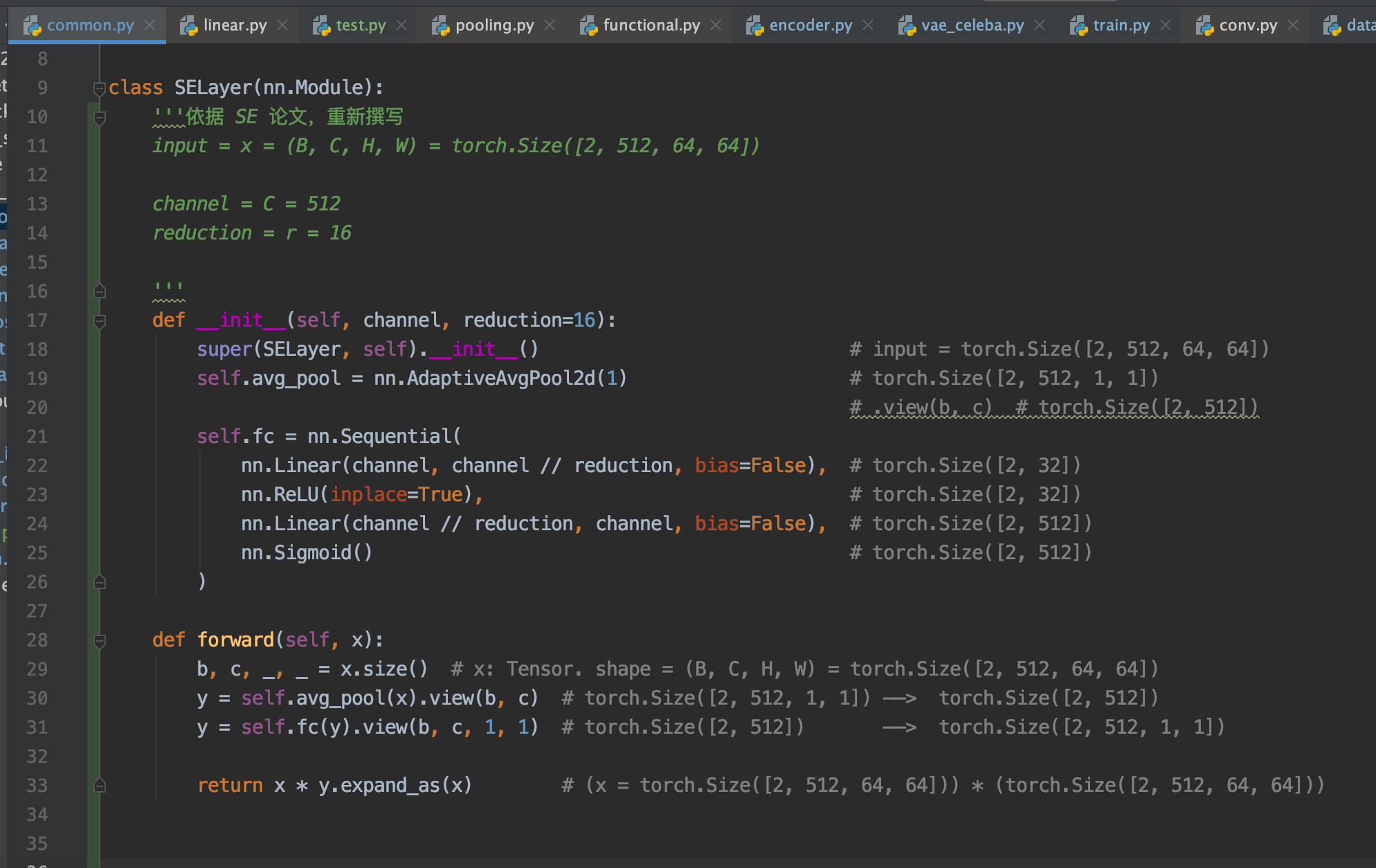几种卷积类型辨析
1 | conv = nn.Conv2d(in_channels=6, out_channels=6, kernel_size=1, groups=3) |
一种分类方法:
几种卷积示意:(分组卷积 group_convolution;深度卷积 depthwise convolution; 全局深度卷积 global depthwise convolution)
- groups 默认值为1, 对应的是常规卷积操作
- groups > 1, 且能够同时被in_channel / out_channel整除,对应group_convolution
- groups == input_channel == out_channel , 对应depthwise convolution,为条件2的特殊情况
- 在条件3的基础上,各卷积核的 H == input_height; W == input_width, 对应为 global depthwise convolution, 为条件3的特殊情况
另一种分类方法:主要分三类:正常卷积、分组卷积、深度分离卷积
正常卷积:
参数量 = cin * $K_h$ * $K_w$ * cout
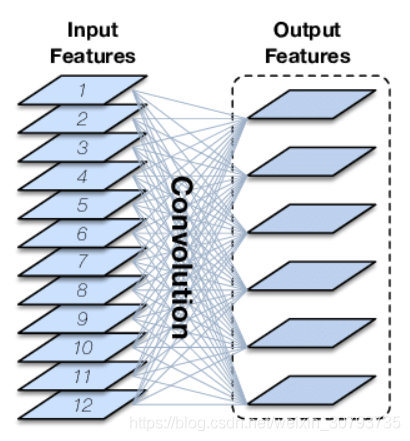
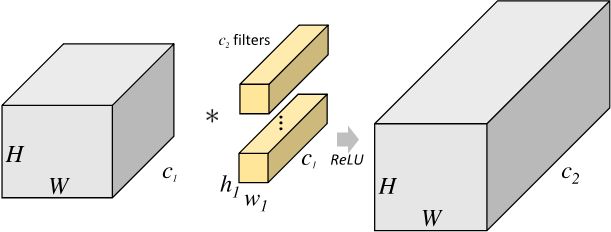
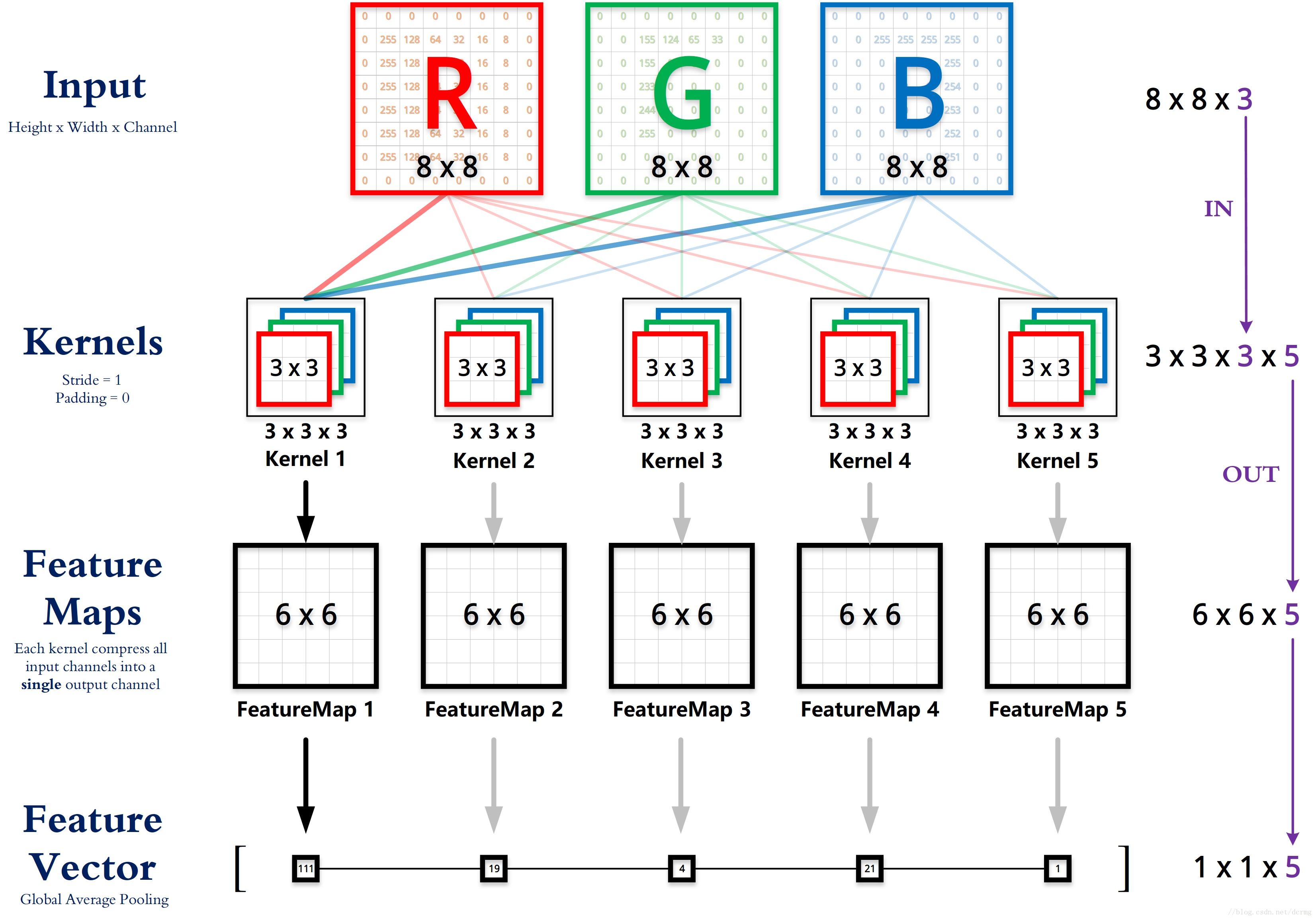
分组卷积示意图:
参数量: (cin * $K_h$ * $K_w$* cout ) / Groups
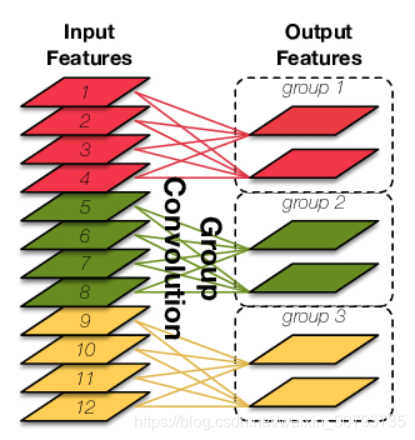
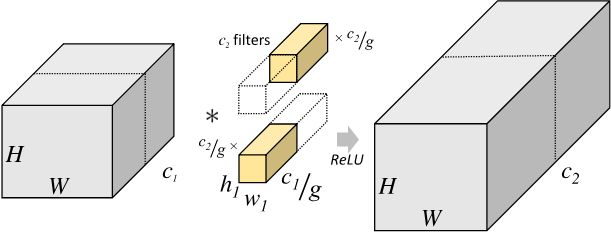
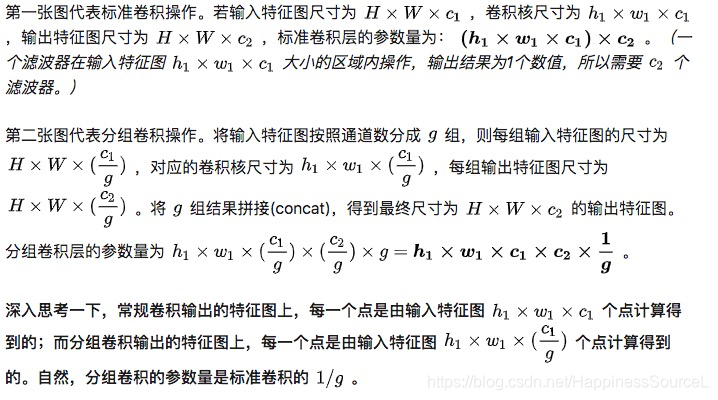
class GroupConv(nn.Module): def __init__(self, in_ch, out_ch, groups): super(GroupConv, self).__init__() self.conv = nn.Conv2d( in_channels=in_ch, out_channels=out_ch, kernel_size=3, stride=1, padding=1, groups=groups ) def forward(self, input): out = self.conv(input) return out
# 测试
conv = CSDN_Tem(16, 32, 4)
print(summary(conv, (16, 64, 64), batch_size=1))
********************************
----------------------------------------------------------------
Layer (type) Output Shape Param #
================================================================
Conv2d-1 [1, 32, 64, 64] 1,184
================================================================
Total params: 1,184
Trainable params: 1,184
Non-trainable params: 0
----------------------------------------------------------------
Input size (MB): 0.25
Forward/backward pass size (MB): 1.00
Params size (MB): 0.00
Estimated Total Size (MB): 1.25
----------------------------------------------------------------
1
2
3
4
5
6
7
8
9
10
11
12
13
14
15
16
17
18
19
20
21
22
23
24
25
26
27
28
29
30
31
32
33
34
35
36
37
38
39
40
41
42
43
44
45
46
47
48
49
50
51
52
53
13.
14.
15. ## [深度可分离卷积(Depthwise Separable Convolution)][https://blog.csdn.net/weixin_30793735/article/details/88915612]
16. 参数量: $C_{in}$ * $K_h$ * $K_w$ + $C_{out}$ * 1 * 1
17. 理解上,可以看作是, 先做一次 cin == cout 的 分组卷积, 并且 groups == channels,即每个通道作为一组; 然后再对上述结果,做一次 **逐点卷积(Pointwise Convolution)** 实现通道数改变的,这个过程使用大小为 **Cin * 1 * 1 ** 的卷积核实现,数量为 **Cout** 个
18. ```python
class DepthSepConv(nn.Module):
def __init__(self, in_ch, out_ch):
super(DepthSepConv, self).__init__()
self.depth_conv = nn.Conv2d(
in_channels=in_ch,
out_channels=in_ch,
kernel_size=3,
stride=1,
padding=1,
groups=in_ch
)
self.point_conv = nn.Conv2d(
in_channels=in_ch,
out_channels=out_ch,
kernel_size=1,
stride=1,
padding=0,
groups=1
)
def forward(self, input):
out = self.depth_conv(input)
out = self.point_conv(out)
return out
# 测试
conv = DepthSepConv(16, 32)
print(summary(conv, (16, 64, 64), batch_size=1))
************************
----------------------------------------------------------------
Layer (type) Output Shape Param #
================================================================
Conv2d-1 [1, 16, 64, 64] 160
Conv2d-2 [1, 32, 64, 64] 544
================================================================
Total params: 704
Trainable params: 704
Non-trainable params: 0
----------------------------------------------------------------
SELayer
Squeeze-and-Excitation Networks
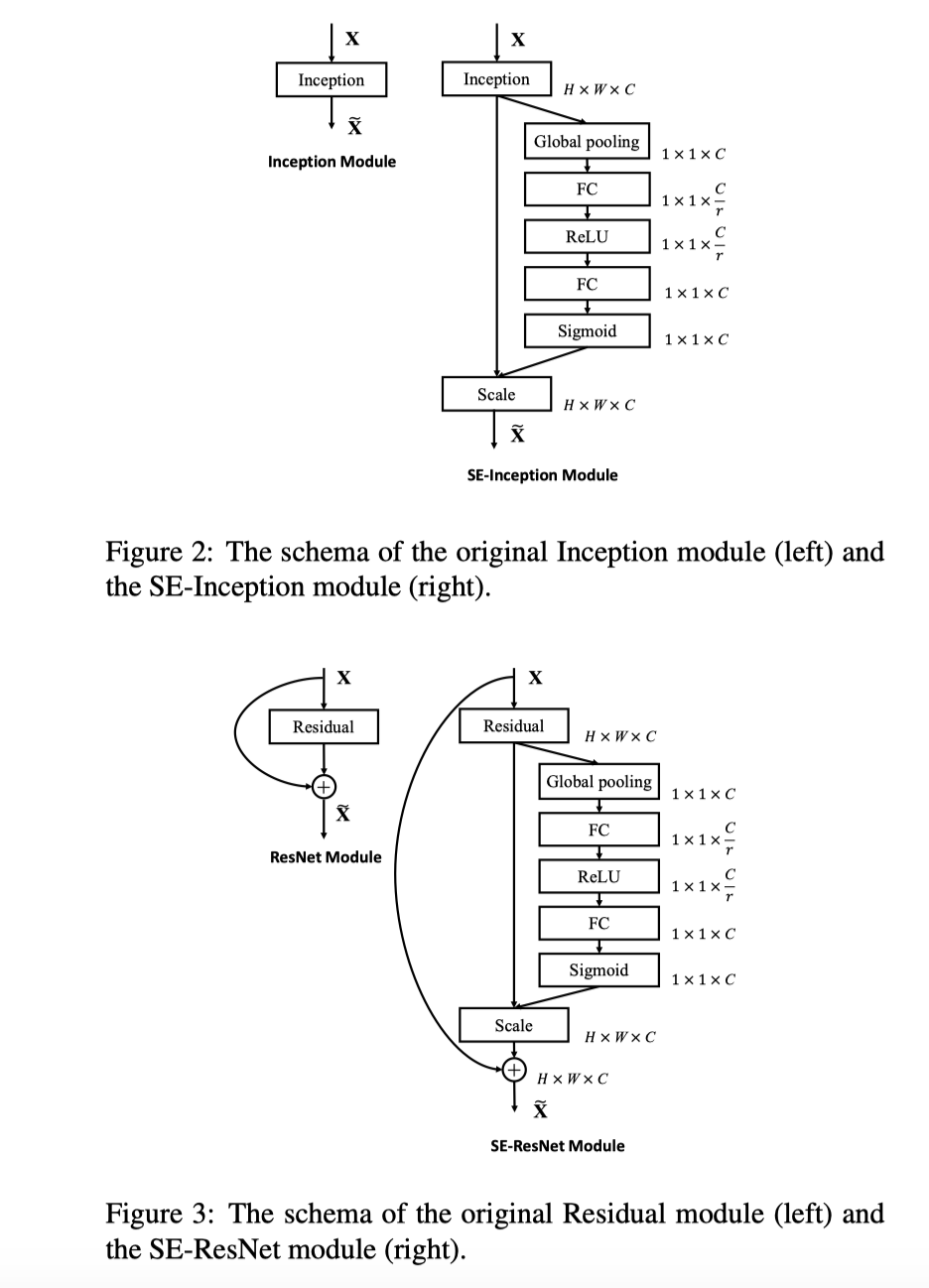
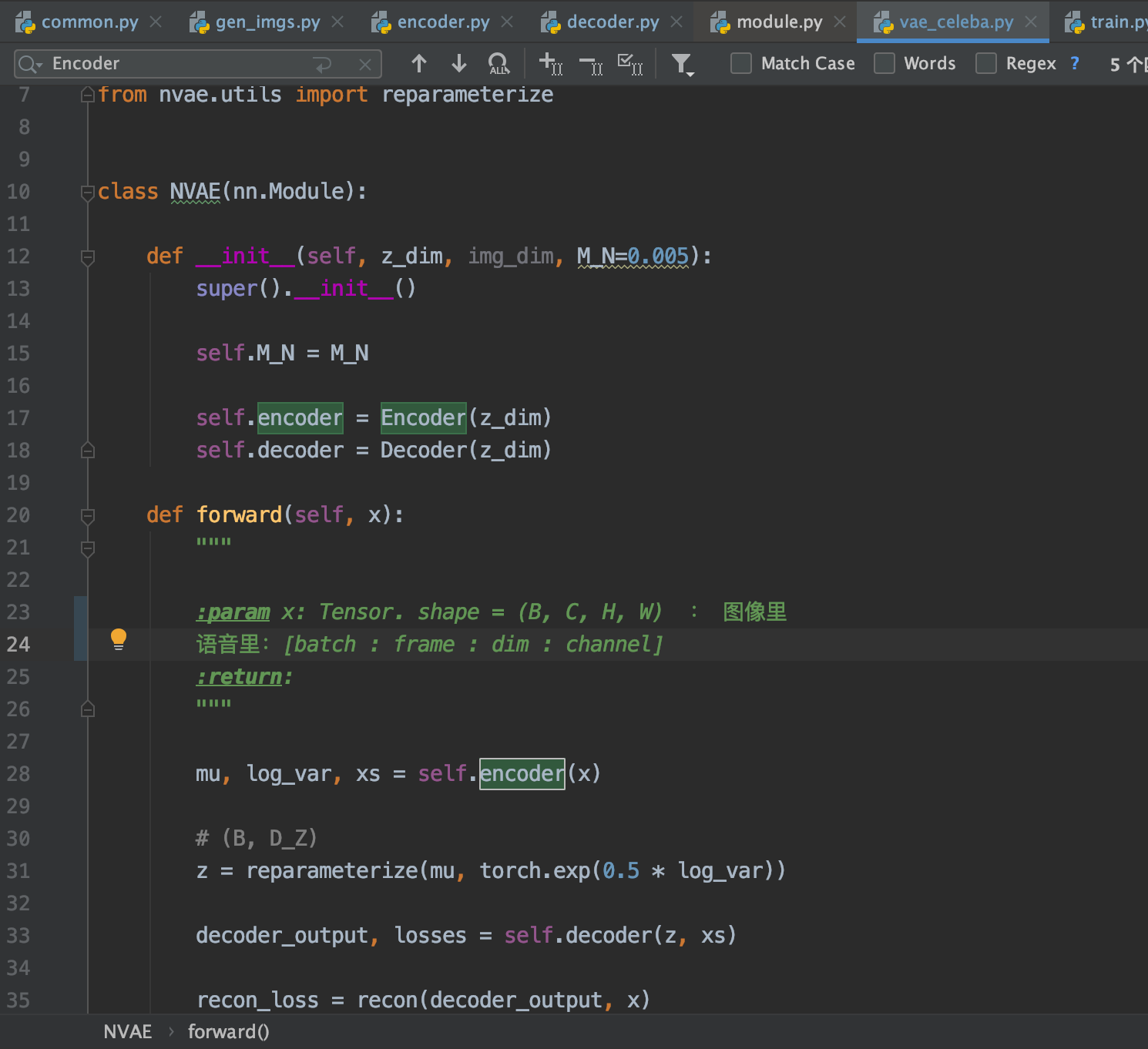
1 | torch.Size([2, 512, 64, 64]) |
